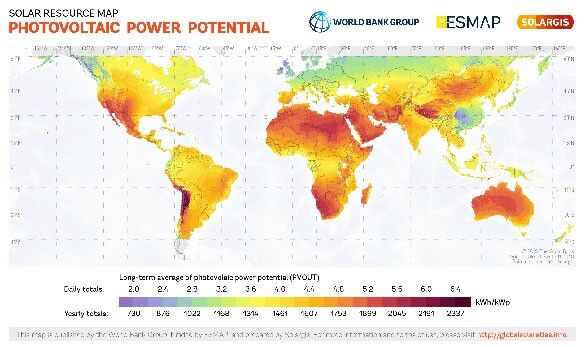
Question:
How can I tell if my solar panels are getting enough sun to power my loads (equipment) in an off-grid or unstable grid condition?
Answer:
If you’ve checked battery voltages, shade or dirt on PV panels, and terminal and wire connections, you may need to review the original design of your system.
1. First, it is critical to realistically factor in the Amphr/day load values expected from the equipment you’d like to power. Meaning, what is the power draw of your load(s) (Amps) for one hour of operation and how many hours a day will this equipment be running. Beyond expected equipment load calculations, you must also consider energy consumed by the solar equipment you use (check the power consumption and conversion efficiency on the manufacturer’s datasheet) and wire losses. These power losses can add up, so must be considered.
2. The next step is to factor in the irradiation in your area to know what the common annual sun hours/day are. This is simple to look up on the internet for your region. Ideally you want no shade on the solar panels and you want to point the panels at the best tilt angle to the sun, for annual energy production.
3. Next determine how much battery backup is required. This means, if there is a storm, so no sun or minimal solar production, how many days does your DC battery bank need to offer electricity to your loads? This all varies per application and per customer. With this information, you can define how much solar and battery capacity are required. For your battery type, use the product datasheets to understand suggested depth of discharge, best practices, etc..
4. Review if loads were added after initial design. PV systems can sometimes underperform because the initial solar system design process was not in line with current equipment usage.
This should help you work through various troubleshooting options while offering possible solutions. The goal is to make sure your off-grid solar system is providing optimal performance, so you have minimal interruption for your remote power needs.
Map image obtained from the “Global Solar Atlas 2.0, a free, web-based application is developed and operated by the company Solargis s.r.o. on behalf of the World Bank Group, utilizing Solargis data, with funding provided by the Energy Sector Management Assistance Program (ESMAP). For additional information: https://globalsolaratlas.info